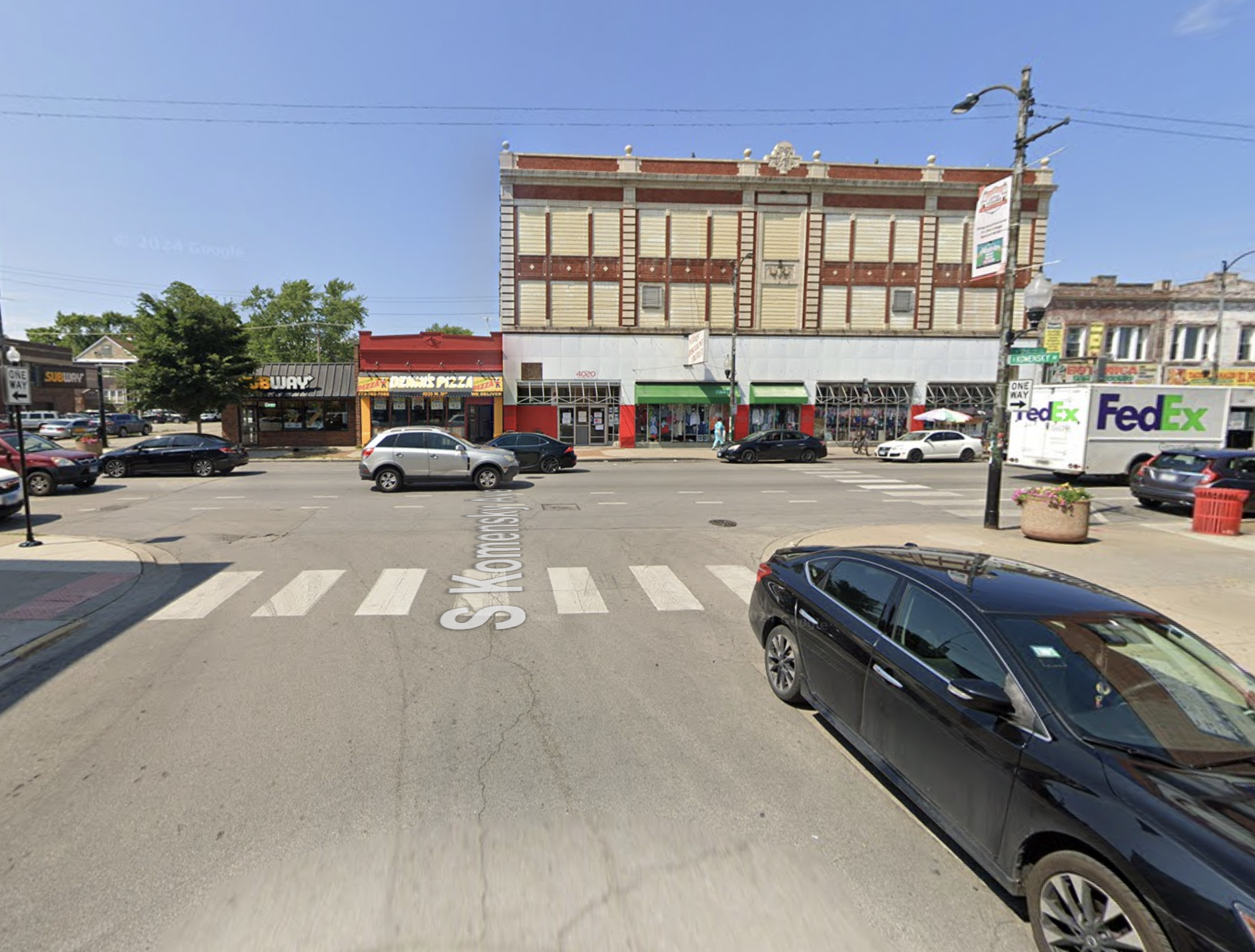What's the cost of wide, high-speed, uninviting roads in urban neighborhoods?

As the research of Donald Appleyard showed decades ago, the quality of our streets makes a profound difference in our lives, even if we aren't always aware of it. One dangerous, forbidding road can shape our whole concept of our neighborhood and the boundaries of our daily experience, writes James Kennedy at Network blog Transport Providence, offering this example of an old neighbor:
When I lived in West Philadelphia, I worked with a wonderful man named Warren. Warren had leg-braces due to cerebral palsy, but from the time he moved to the neighborhood he started cleaning streets. He pushed a large cart with recycling bins and trash cans in it to keep his balance, but other than a lookout (that's me!) he did it all himself. Warren's eyesight is starting to go in his sixties, and this has diminished his outings, but last I checked, he still goes out to clean.
I'm not going to say that there were no challenges posed by cars, or by bad non-ADA sidewalks and such, and as Warren got older, his sight and hearing started to fail, so that it became more and more difficult to work outside. Part of being a helper was getting Warren over poorly paved sidewalk, looking out for cars and the like. But the design of the neighborhood helped Warren get around, and made this job feasible.
The neighborhood's walkable design gave Warren independence and let him make a meaningful contribution in his community. Kennedy says Warren was so admired in West Philly, a community mural -- pictured top right -- included him cleaning, in the orange hat. But when Warren came to visit Kennedy in Providence, things were different:
Warren came to Providence to visit us with his sister Norma when we first moved here. They stayed at the Courtyard Marriott, by Burnside Park. Norma and I took a nice walk to Wickenden Street alone, but the trip was otherwise marred by stress, because Warren could barely leave the hotel. We did get him across Exchange to the park once, and very fitfully we crossed Memorial Boulevard with Norma, me, and Rachel as human shields in every direction to take a look at the mall. But Providence was not a welcoming place for this man who spends so much of his time walking.
If you're someone like Warren, you just stay inside. And how sad is that? Somewhere--I guarantee it--there's someone in a Providence neighborhood just waiting to be honored with a mural for their street-cleaning talent. We've made it impossible for that person to shine.
Elsewhere on the Network today: Portland Transport considers the performance of the city's streetcar system. Rebuilding Place in the Urban Space wonders if Texas might have been a better testing ground for the country's first high-speed rail line than California. And Real Hartford shares a story that makes the city's public engagement process around transportation and zoning sound like a charade.




